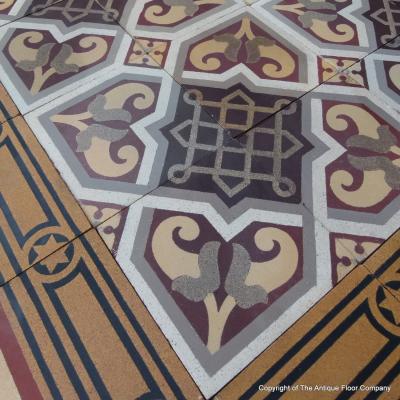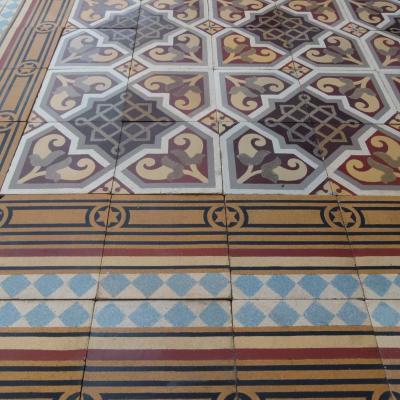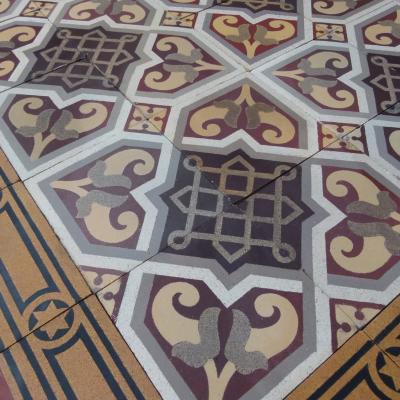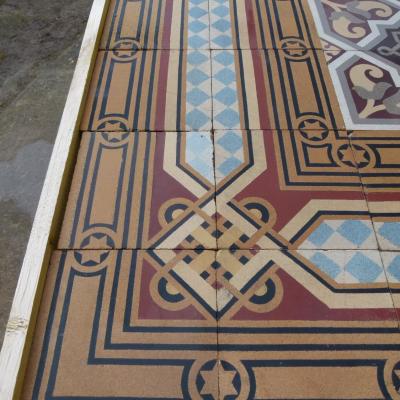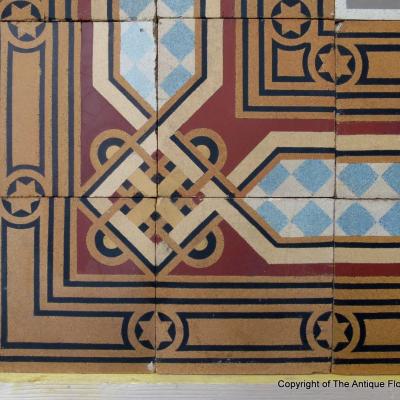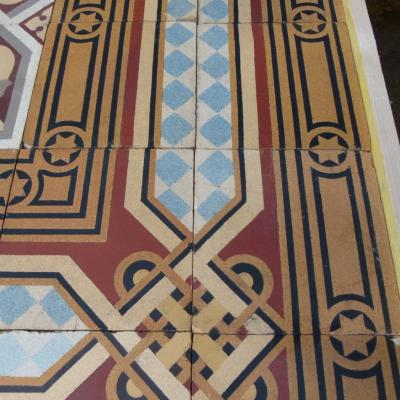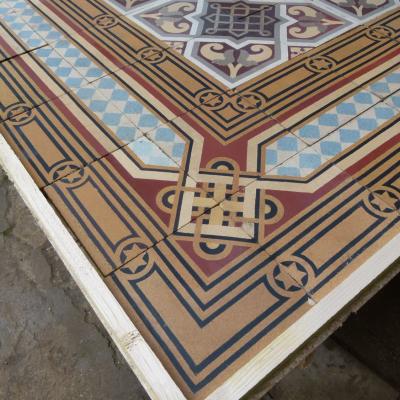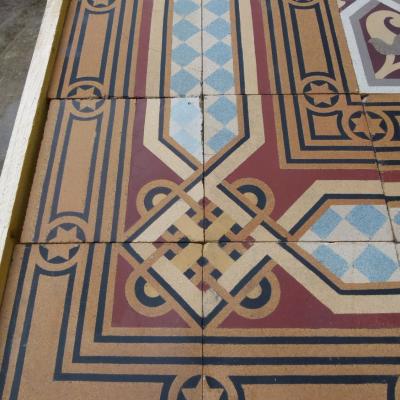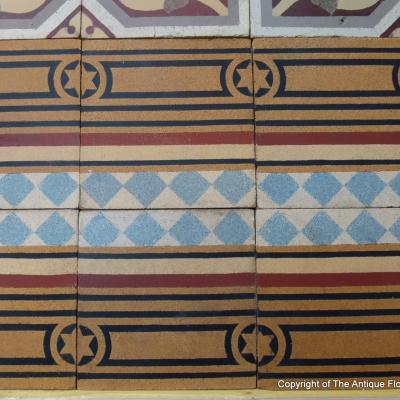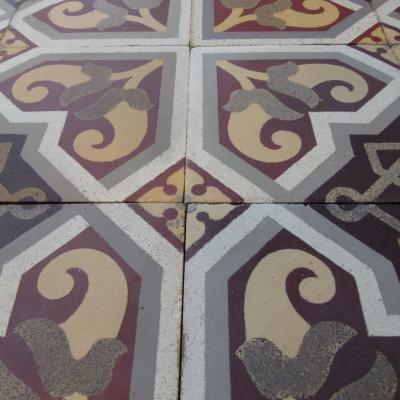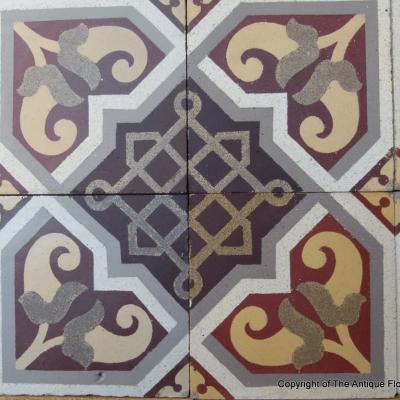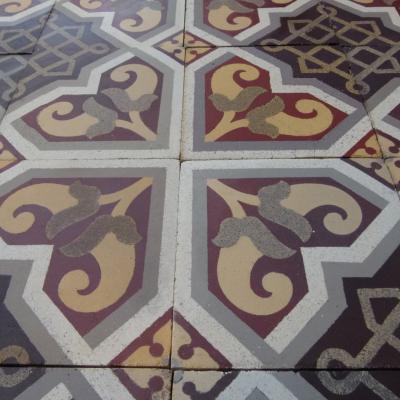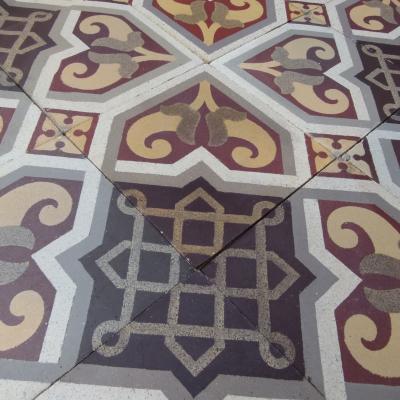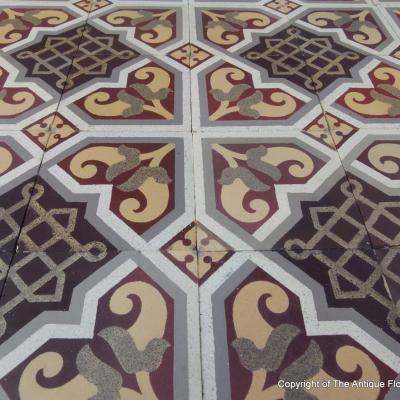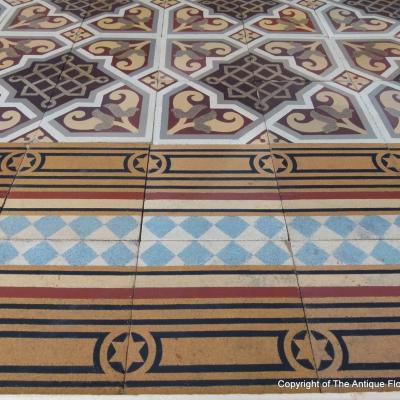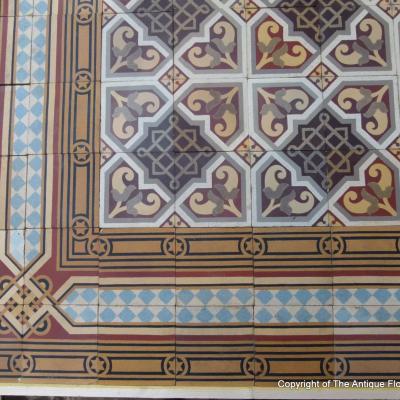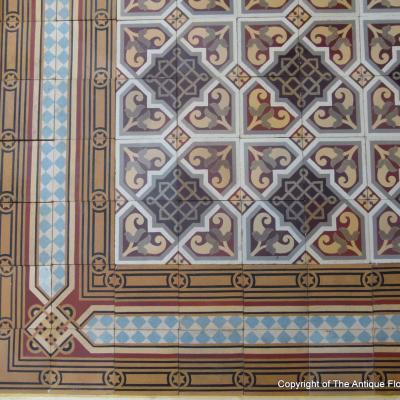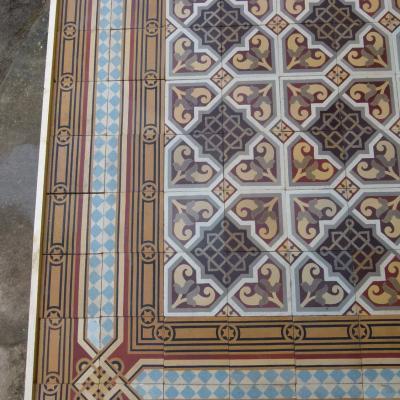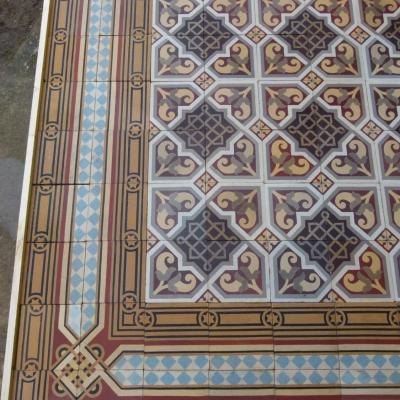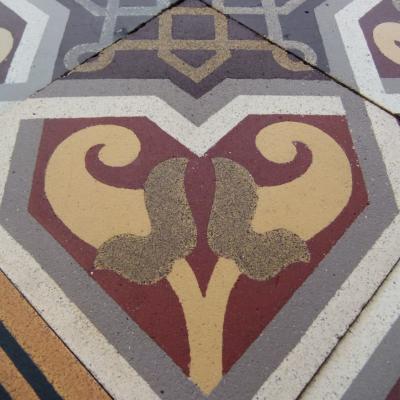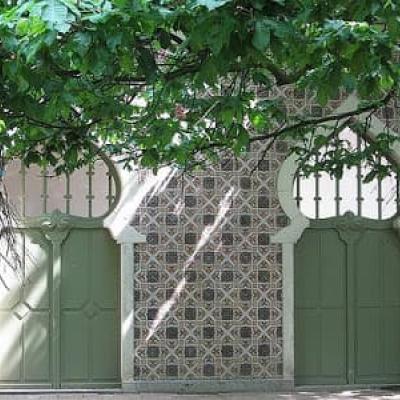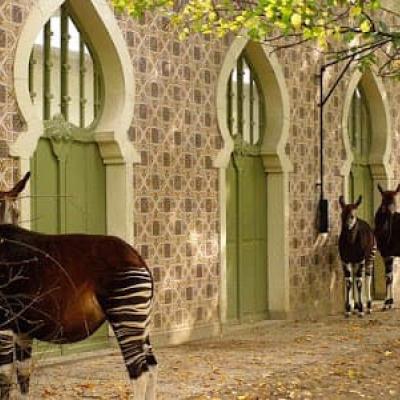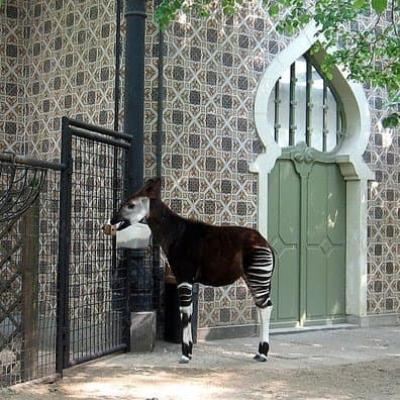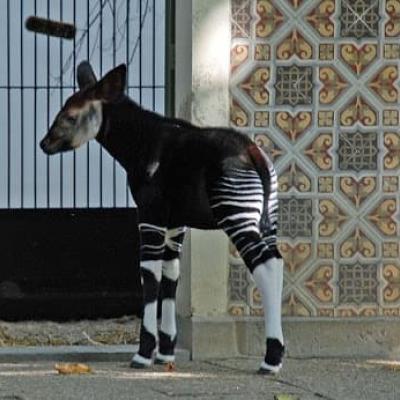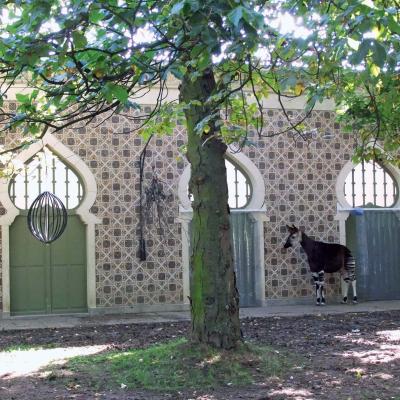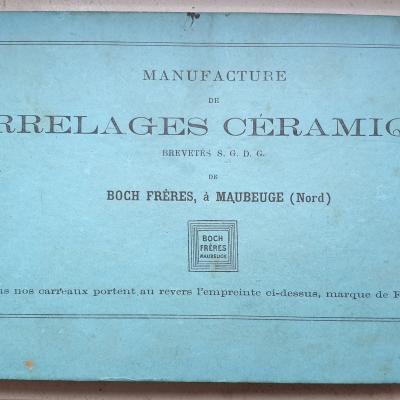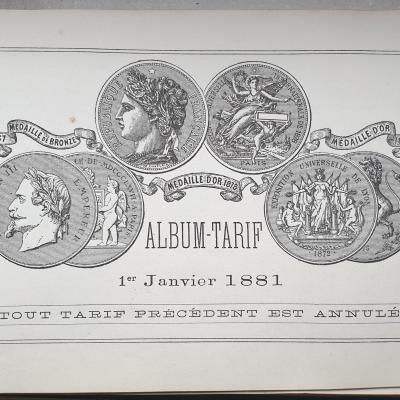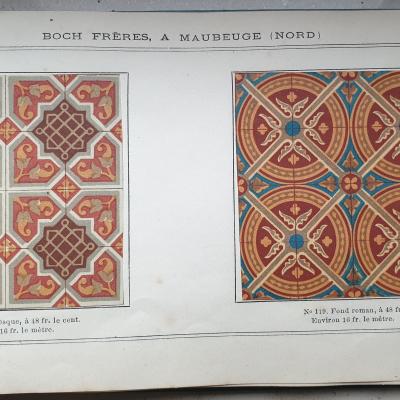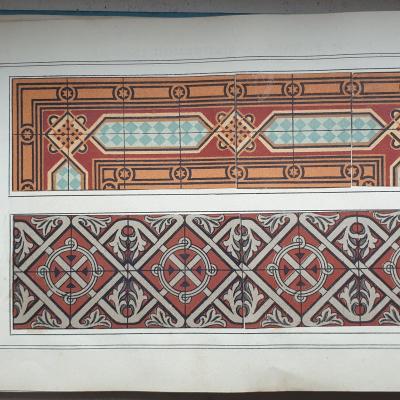A sublime 22m2 antique Boch Freres ceramic c.1860
A sublime handmade antique Boch Freres Maubeuge ceramic dating c.1860-1900.
17.2cm sq tiles, 2cm thick and over 1.4kgs each this is a stunning handmade tile from a prestige ceramic house.
The floor comes with its original same size back to back border tiles and the tile configuration required for each of the four corners has been successfully reclaimed.
The ceramic is excellent, the slip is deep, some tiles display edge nibbles or small groutable chips. There is some tonal variation of the tiles, all adding to the charm of handmade pre-computer production.
A simply stunning floor and evidence both in design and quality that 'they don't make them like they used to..'
In addition to scans of the tiles in their original catalogue we have also included in the gallery some photographs of the field tiles in the Moorish themed Okapi House at Antwerp Zoo. Antwerp Zoo was built in 1843 and the Okapi House, 1860.
A floor for which we have more of the identical field tiles available there is the oppportunity to create a larger c.41m2 / 440 sq ft. floor. Click here for more details.
Tile quantities by tile type:-
Field tiles - 465 - 13.75m2 / 148 sq ft
Large border tiles - 245 plus 4 internal and 4 external border corners - 7.5m2 / 80.6 sq ft.
Large corner junction border tiles - 16; - 8 left facing and 8 right facing - 0.47m2 / 5 sq ft.
When laid as a back to back border design, as shown in the photo gallery, the length of the border is 22.4 linear metres / 73.6 linear feet
NOTE:-
Antique tiles were most commonly made in single or two tile moulds. Before current computer automation methods their moulds were made my hand and the colour slips mixed by eye. Kiln temperatures could also be variable, as could the firing time. The result is that often tiles display subtle size and thickness variations and there can be tonal variations in colours, owing to the slip mixing and/or firing time. All of this makes these handmade tiles unique and adds to their charm. Some floors display their subtle variations in size and tones, some not, but when photographing we always take a random section of the floor so that it is representative of the whole. A tiler should always dry lay a section of the tiles to familiarise himself with them before starting to fix lay.
MAD49 MAD80



